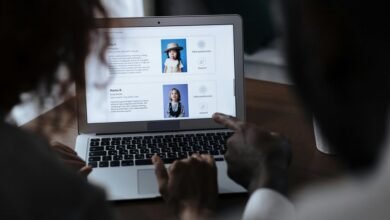21199362 Mobile Number Breakdown: Tracing Call Sources

The analysis of mobile number 21199362 reveals insights into its structure and geographic origins. By examining its area code and local numbering plans, one can identify potential calling costs and regulatory implications. Furthermore, understanding the patterns associated with similar numbers may highlight risks of fraudulent activity. This foundational knowledge is essential for users seeking to navigate the complexities of incoming calls and enhance their security. What further implications might arise from such an analysis?
Understanding the Structure of Mobile Numbers
Understanding the structure of mobile numbers is essential for grasping their purpose and functionality in telecommunications.
Mobile number formats vary globally, with each region employing distinct configurations. Central to these formats is the area code, which holds significant value in identifying the number’s origin.
This code not only facilitates efficient call routing but also plays a crucial role in ensuring user privacy and autonomy.
Identifying the Geographic Origin of 21199362
The mobile number 21199362 can be analyzed to determine its geographic origin by examining its structure and formatting.
This process involves identifying the mobile number geography, which can reveal the region or country associated with the number.
Common Scams Associated With Similar Numbers
Scammers frequently exploit mobile numbers that resemble legitimate formats, such as 21199362, to deceive unsuspecting individuals.
Common scam tactics include impersonating government agencies or financial institutions, often bypassing caller verification. These fraudulent calls typically prompt recipients to divulge sensitive information or make immediate payments, capitalizing on urgency and fear.
Awareness of such schemes is crucial for maintaining personal security in an increasingly interconnected world.
Tips for Safeguarding Against Unwanted Calls
An increasing number of individuals are seeking effective strategies to safeguard against unwanted calls that often disrupt daily life and compromise personal security.
Implementing call blocking features on devices can significantly reduce disturbances. Additionally, adjusting privacy settings on apps and accounts enhances protection against unsolicited communications.
Regularly reviewing these settings ensures users maintain control over their information and preserve their freedom from intrusive calls.
Conclusion
In a world where mobile numbers like 21199362 serve as gateways to communication, it is ironically fitting that they can also act as portals to potential scams. The very structure intended for connectivity can lead to confusion and vulnerability. Thus, while individuals seek to enhance their connectivity, they must also fortify their defenses against the very calls meant to foster connection. In this paradox, knowledge becomes not just a tool for understanding but a shield against the unexpected.




